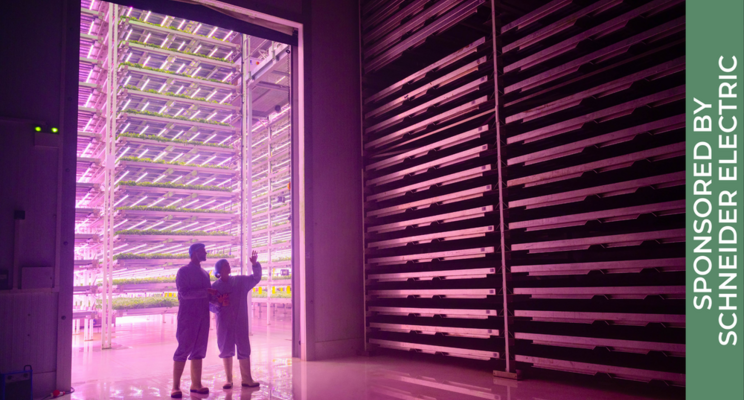Indoor ag has an energy problem. Could microgrids be the solution?
Added on 29 May 2022


Agritecture and WayBeyond's 2021 Global CEA Census found that vertical farms around the world reported using 38.8 kWh per kg of harvested crop, on average. While some performed much better than others, even a highly efficient vertical farm is likely to emit around 5 kg CO2 per kg of final product harvested.
Despite key benefits such as reduced water use, lack of pesticide use, avoidance of freshwater pollution, and shorter supply chains, the emission totals from vertical farms prevent the industry from being able to assert all-encompassing sustainability claims.
But the sustainability conundrum is just part of a bigger energy challenge.
Resiliency is another key consideration when it comes to energy sourcing for controlled environment agriculture. According to Agritecture's Lead Agronomist, David Ceaser, power outages can be detrimental to indoor farms - just a few hours of power being down can result in crop damage and increased disease potential. More serious outages can lead to a full crop loss.
Continue reading.
Editor's Note: This is the second post of a three-part series in partnership with Schneider Electric (SE). It includes information derived from an interview between Agritecture and members of the SE team: Chris Evanich, Program Director for Energy as a Service, and Drew Gravitt, Director of Strategic Partnerships. Read the first post on "Decarbonizing The Food System With Smarter Energy Management" HERE.
All photos courtesy of Agritecture.
Source: Agritecture
More news















